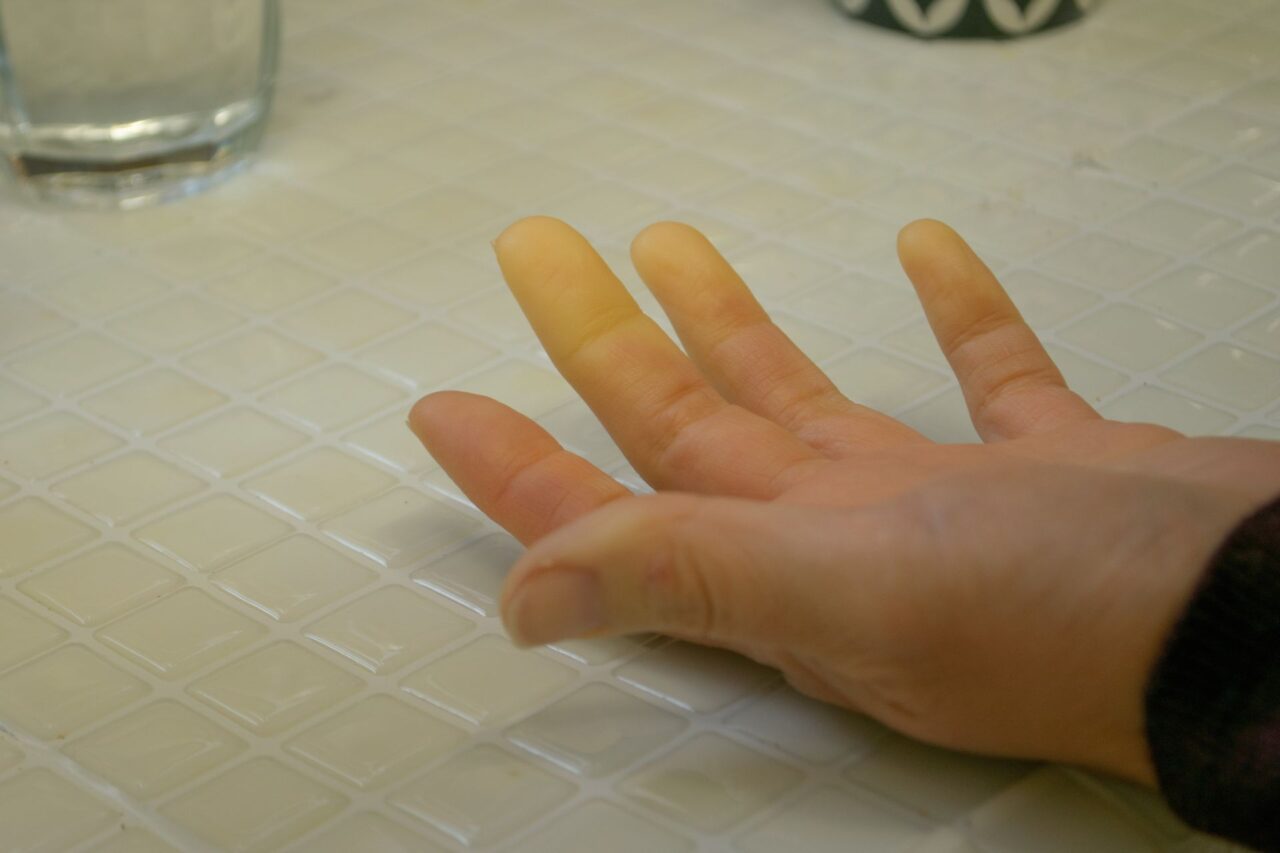
Sjogren Larsson Syndrome (SLS) is a rare genetic disorder that affects the skin, eyes, and nervous system. Caused by mutations in the ALDH3A2 gene, this condition leads to a deficiency in an enzyme crucial for breaking down fatty alcohols. Symptoms often appear in early childhood and include dry, scaly skin (ichthyosis), intellectual disability, and spasticity, which is muscle stiffness or tightness. Diagnosing SLS involves genetic testing and clinical evaluations. Treatment focuses on managing symptoms since there is no cure. Understanding SLS can help improve the quality of life for those affected and their families. Here are 44 facts to give you a comprehensive overview of this condition.
Key Takeaways:
- Sjogren Larsson Syndrome is a rare genetic disorder that affects the skin, eyes, and nervous system. Early diagnosis and symptom management can improve the quality of life for those affected.
- While there is no cure for Sjogren Larsson Syndrome, treatments such as moisturizers, physical therapy, and special education programs can help manage symptoms and support affected individuals.
What is Sjogren Larsson Syndrome?
Sjogren Larsson Syndrome (SLS) is a rare genetic disorder. It affects multiple parts of the body, including the skin, eyes, and nervous system. Understanding this condition can help those affected manage their symptoms better.
- SLS is caused by mutations in the ALDH3A2 gene.
- The ALDH3A2 gene provides instructions for making an enzyme called fatty aldehyde dehydrogenase.
- This enzyme is crucial for breaking down fatty alcohols in the body.
- Without this enzyme, fatty alcohols accumulate, causing damage to cells and tissues.
- SLS is inherited in an autosomal recessive pattern.
- Both parents must carry a copy of the mutated gene for a child to be affected.
- Symptoms usually appear in infancy or early childhood.
Symptoms of Sjogren Larsson Syndrome
SLS presents with a variety of symptoms. These can vary in severity from person to person. Here are some common signs to look out for.
- Ichthyosis, or dry, scaly skin, is a hallmark of SLS.
- The skin condition often appears at birth or within the first year of life.
- It primarily affects the trunk, neck, and extremities.
- People with SLS often have thickened skin on the palms and soles.
- Neurological symptoms include spasticity, or muscle stiffness.
- Spasticity can lead to difficulty walking and other motor challenges.
- Intellectual disability is common in individuals with SLS.
- Seizures may occur in some cases.
- Eye problems, such as photophobia (sensitivity to light), are also common.
- Retinal changes can lead to vision problems over time.
Diagnosis of Sjogren Larsson Syndrome
Diagnosing SLS involves several steps. Early diagnosis can help manage symptoms more effectively.
- A clinical examination is the first step in diagnosing SLS.
- Doctors look for characteristic skin and neurological symptoms.
- Genetic testing can confirm the diagnosis by identifying mutations in the ALDH3A2 gene.
- Skin biopsy may be performed to examine the structure of skin cells.
- MRI scans can help assess brain abnormalities associated with SLS.
- Electroencephalograms (EEGs) are used to detect seizure activity.
- Eye exams are crucial for identifying retinal changes and other ocular issues.
Treatment and Management of Sjogren Larsson Syndrome
While there is no cure for SLS, various treatments can help manage symptoms. These treatments aim to improve quality of life for those affected.
- Emollients and moisturizers can help manage ichthyosis.
- Regular use of these products can reduce skin dryness and scaling.
- Physical therapy is beneficial for managing spasticity.
- Stretching exercises can improve muscle flexibility and mobility.
- Anticonvulsant medications may be prescribed to control seizures.
- Special education programs can support individuals with intellectual disabilities.
- Occupational therapy can help with daily living skills.
- Sunglasses and other protective eyewear can reduce photophobia.
- Regular eye check-ups are important for monitoring vision changes.
- Genetic counseling can provide information and support to affected families.
Research and Future Directions
Ongoing research aims to better understand SLS. Scientists are exploring new treatments and potential cures.
- Researchers are studying the role of fatty aldehyde dehydrogenase in the body.
- Gene therapy is being investigated as a potential treatment for SLS.
- Clinical trials are testing new medications to manage symptoms.
- Advances in genetic testing are improving diagnostic accuracy.
- Patient registries are helping researchers gather data on SLS.
- International collaborations are accelerating research efforts.
- Advocacy groups are raising awareness about SLS.
- Support networks are providing resources for affected families.
- Educational programs are helping healthcare providers recognize and manage SLS.
- Future research may lead to new therapies and improved outcomes for those with SLS.
Final Thoughts on Sjogren Larsson Syndrome
Sjogren Larsson Syndrome (SLS) is a rare genetic disorder that affects the skin, eyes, and nervous system. Understanding the symptoms and treatment options can help those affected manage their condition better. Early diagnosis is crucial for improving quality of life. Genetic counseling can provide valuable insights for families.
Research continues to explore new treatments and potential cures. Staying informed about the latest developments can make a significant difference. Support groups and online communities offer emotional support and practical advice.
Remember, knowledge is power. The more you know about SLS, the better equipped you'll be to handle its challenges. Keep advocating for yourself or your loved ones, and don't hesitate to seek professional help when needed.
Frequently Asked Questions
Was this page helpful?
Our commitment to delivering trustworthy and engaging content is at the heart of what we do. Each fact on our site is contributed by real users like you, bringing a wealth of diverse insights and information. To ensure the highest standards of accuracy and reliability, our dedicated editors meticulously review each submission. This process guarantees that the facts we share are not only fascinating but also credible. Trust in our commitment to quality and authenticity as you explore and learn with us.
